To help farmers find solutions to adapt to difficult conditions in rice cultivation, in the 2023-2024 winter-spring crop, the National Agricultural Extension Center (Ministry of Agriculture and Rural Development) has coordinated with Binh Dien Fertilizer Joint Stock Company and the Agricultural Extension Centers in 13 provinces of the Mekong Delta to implement the program "Smart rice cultivation, low emissions associated with green growth in the Mekong Delta region".
In addition, to have a sustainable production direction, save maximum costs and optimize profits, the program has a combination of many agencies, units, companies, businesses and farmers, including Saigon Kim Hong Company, Bayer Vietnam Company, VinaRice Company to organize the implementation of demonstration models.
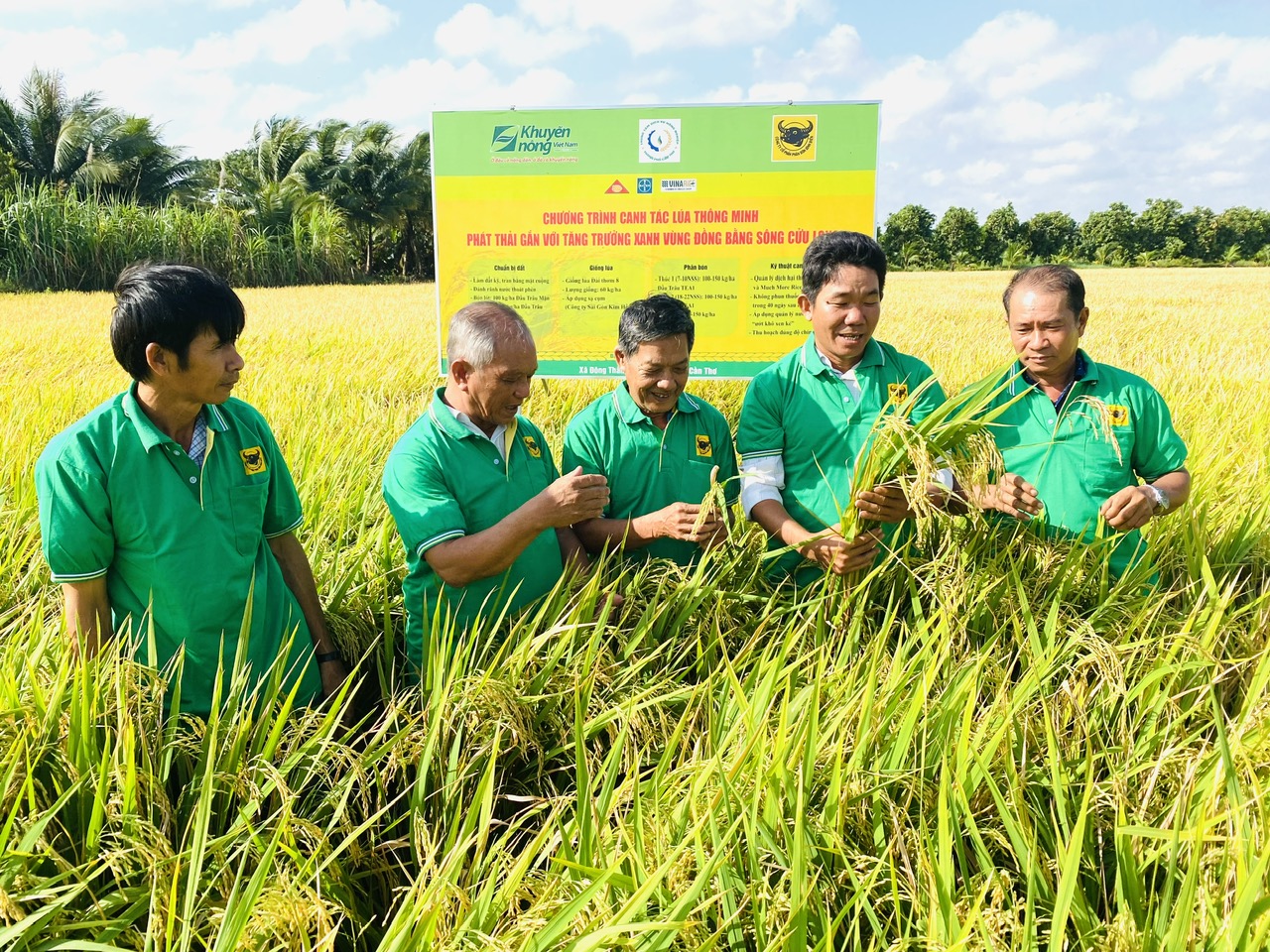
Farmers visit the model "Smart rice cultivation, low emissions associated with green growth in the Mekong Delta", implemented by the Can Tho City Agricultural Service Center in coordination with the Department of Agriculture and Rural Development of Co Do district, the Agricultural Extension Station, Cong Danh Agricultural Cooperative, and enterprises. Photo: V.Đ
In Can Tho, the model "Smart rice cultivation, low emissions associated with green growth in the Mekong Delta" was coordinated by the Can Tho City Agricultural Service Center with the Department of Agriculture and Rural Development of Co Do district, Agricultural Extension Station, Cong Danh Agricultural Cooperative, local authorities together with businesses and companies to organize a demonstration model in Thoi Hiep 2 hamlet, Dong Thang commune, Co Do district (Can Tho city) to transfer to farmers smart farming solutions to adapt to the situation of climate change, increasing fertilizer prices and increasingly severe diseases...
The general objective of the model is to help farmers synchronously apply advanced rice cultivation measures (applying the "1 must 5 reduction" process, integrated pest management (IPM), Much More Rice solution in production, alternating flooding and drying irrigation techniques, etc.) to reduce rice production costs; reduce greenhouse gas emissions; minimize soil and water pollution and protect the health of producers and consumers. Especially after implementing the model, farmers will become experts in rice cultivation.
This is also one of the solutions to contribute to the implementation of the Project of 1 million hectares of high-quality rice associated with low emissions in the Mekong Delta.
Accordingly, the units agreed to select Mr. Le Thanh Tung's household in Thoi Hiep 2 hamlet, Dong Thang commune, Co Do district to participate in the model with an area of 1.2 hectares; the control model field is 2 hectares.
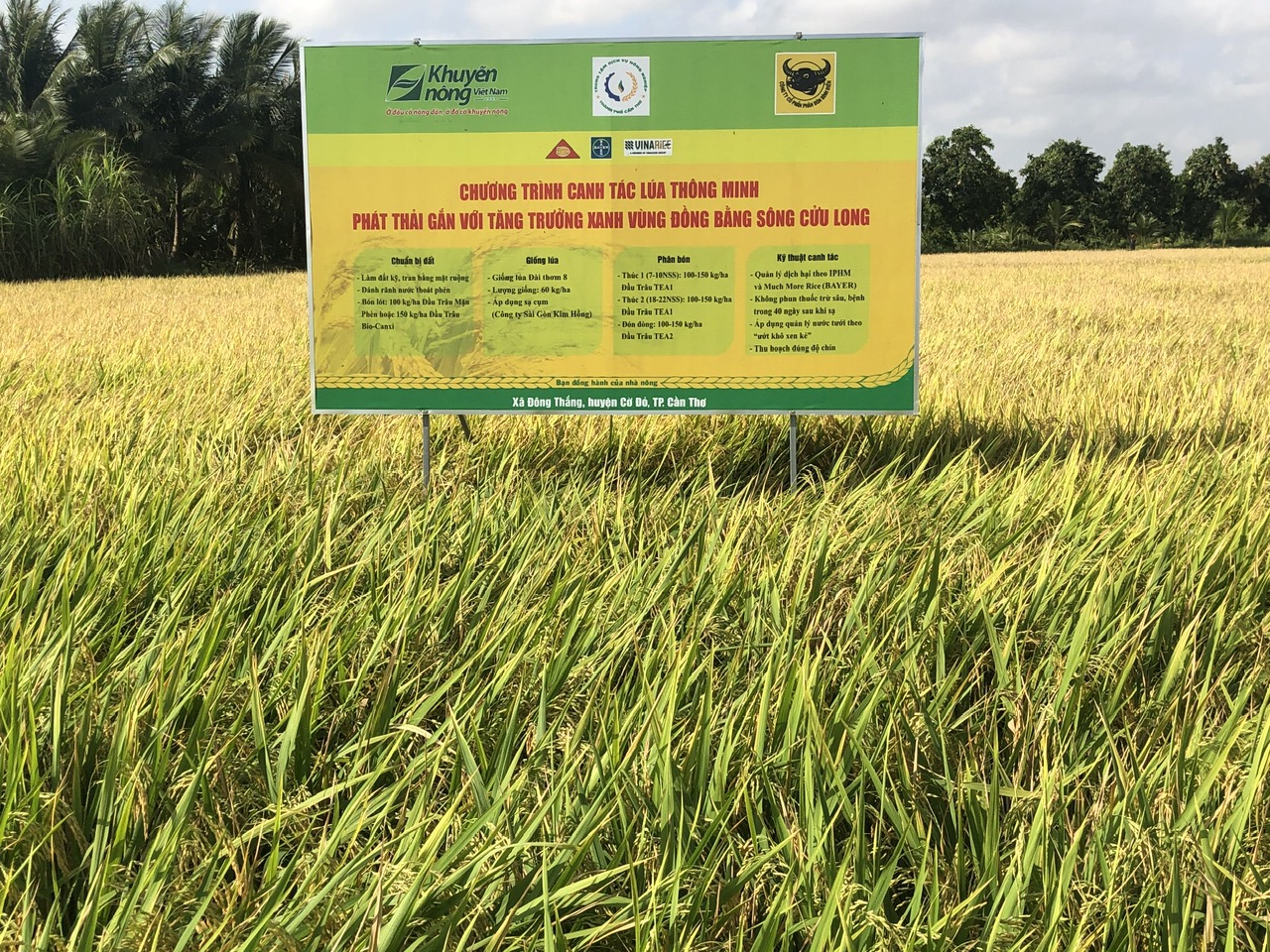
The model was implemented at Mr. Le Thanh Tung's household, Thoi Hiep 2 hamlet, Dong Thang commune, Co Do district, Can Tho city. Photo: V.D
Mr. Tung said that after harvesting the 2023 autumn-winter rice crop, he pumped water into the fields to bury the straw in the soil and then flooded the fields for more than 2 months to decompose the straw and return nutrients to the soil. Flooding the fields also aims to cut off the source of pests and planthoppers.
10 days before sowing rice, he drained some water from the field to clean the field, repair the banks, drill water lines in the field combined with snail treatment and rat extermination. 2 days before sowing, he applied saline-alum buffalo head fertilizer. Before sowing, the model field was re-treated to make the ground flat, dug many large water ditches and carefully made mounds to avoid stagnant water and loss of rice seeds.
Mr. Tung applied the method of sowing in clusters by machine with the amount of seed 50kg/ha, while the control field applied the method of sowing by machine, the amount of seed 154kg/ha. Both fields used Dai Thom 8 rice variety certified level 1. Regarding the amount of seed sown, the model field was 104kg more economical than the control field.
Regarding fertilization, Mr. Tung's household applies the technique of applying Dau Trau saline-alum fertilizer at the beginning of the crop and uses specialized fertilizers for rice according to the formula of Binh Dien Fertilizer Joint Stock Company to increase rice production efficiency. In addition, Mr. Tung applies synchronous production techniques and integrated pest management (IPM) measures to reduce the use of pesticides; manages pests according to the Much More Rice solution process in rice production; implements the technique of alternating flooding and drying to save water...
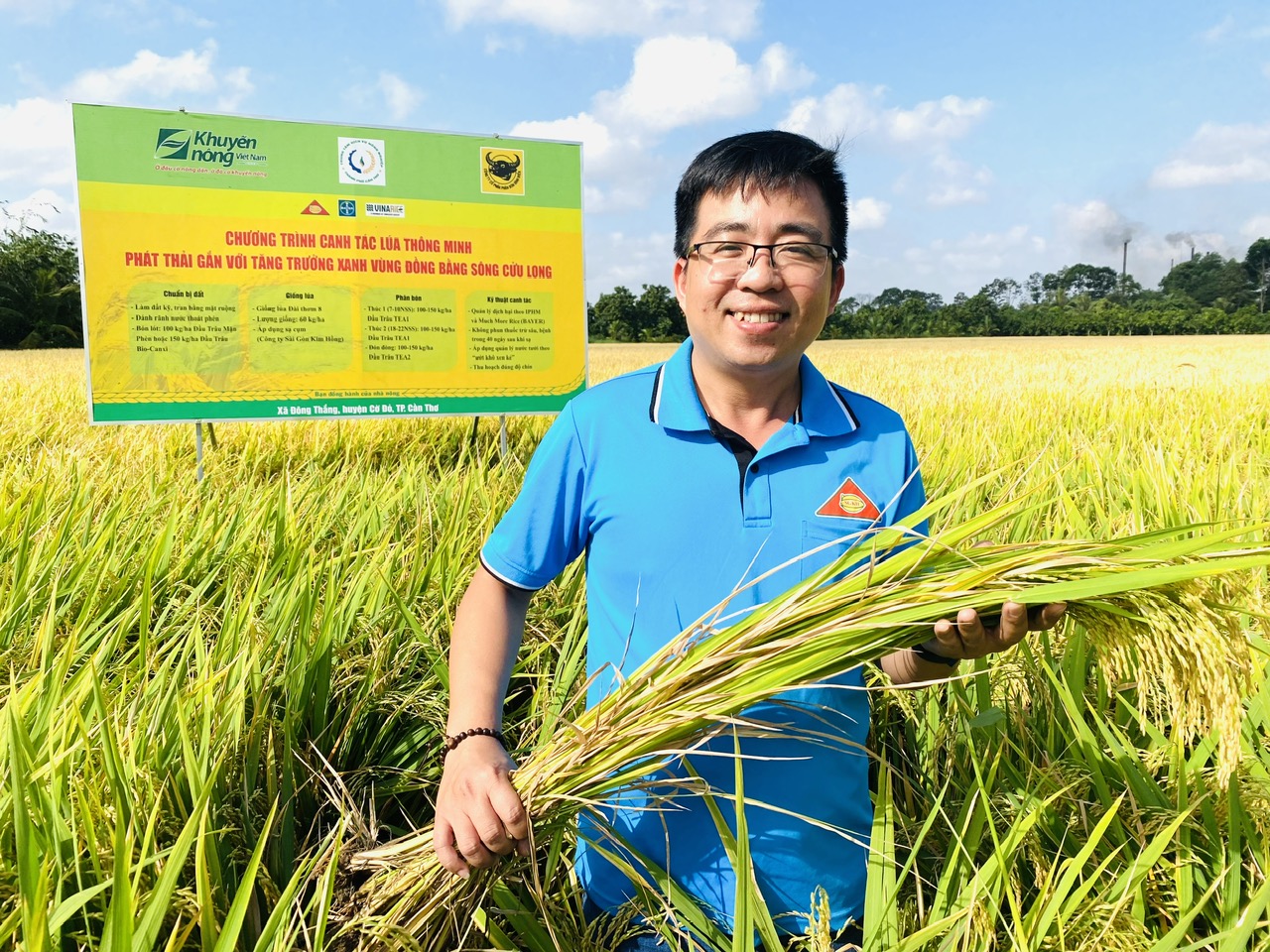
Thanks to the application of smart farming techniques, the model field achieved a yield of 9 tons/ha, with a profit of more than 52 million VND/ha. Photo: V.Đ
Compared to machine-sown fields, the fields sown in clusters are more sparse, the rice plants grow stronger and stronger, less likely to fall over, and limit pests and diseases. The rice clumps produce many tillers and large panicles. Through evaluating the production results, the smart rice farming model field achieved a yield of 9 tons/ha, with a profit of more than 52 million VND/ha. Meanwhile, the control field achieved a yield of 8.23 tons/ha, with a profit of more than 41 million VND/ha.
Thus, with measures to reduce the amount of seeds sown, reduce the amount of fertilizer, sow rice in clusters by machine and advanced techniques, the model fields grow healthily, the rice clumps are airy, less infected with pests and diseases, so farmers also reduce some of the pesticides. From there, the model fields reduce costs, increase productivity, especially the profits increase significantly compared to the control fields.
In the 2023-2024 winter-spring crop, farmers in Can Tho City planted more than 72,800 hectares, reaching 101% of the plan, with an average yield of nearly 8 tons/ha. Currently, farmers have started production for the 2024 summer-autumn crop.
The Department of Agriculture and Rural Development of Can Tho province reminded the local agricultural sector and farmers to use biological products to decompose straw, apply advanced technical packages in production to reduce costs, such as "3 reductions, 3 increases", "1 must, 5 reductions" and smart rice cultivation to adapt to climate change.
In particular, it is necessary to boldly reduce the amount of seeds sown (about 60-80kg/ha), combined with choosing good varieties, reaching the certified level or higher to help the rice plants stay healthy right from the beginning of the season. Apply precise mechanization solutions in sowing, fertilizing, and spraying rice to use materials economically and effectively, and pay attention to the solution of burying fertilizer to limit the loss and evaporation of fertilizer in the dry season. Focus on selecting and producing high-quality rice varieties in the summer-autumn crop (such as OM 5451, OM 18...) to facilitate consumption...
Source






![[Photo] Binh Trieu 1 Bridge has been completed, raised by 1.1m, and will open to traffic at the end of November.](https://vphoto.vietnam.vn/thumb/1200x675/vietnam/resource/IMAGE/2025/10/2/a6549e2a3b5848a1ba76a1ded6141fae)

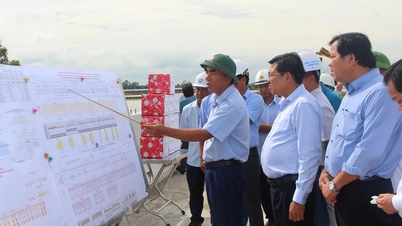



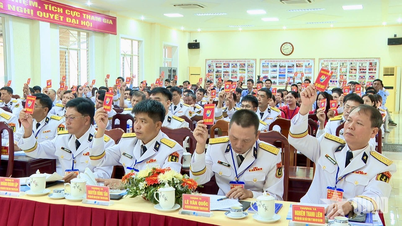



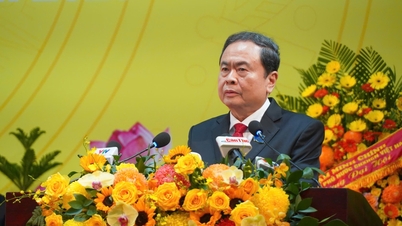

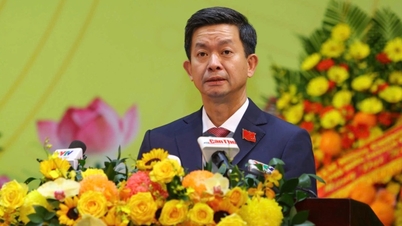



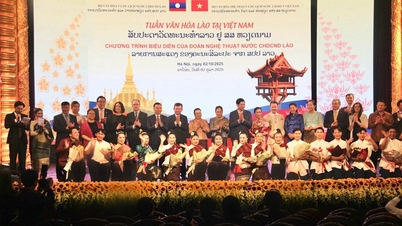














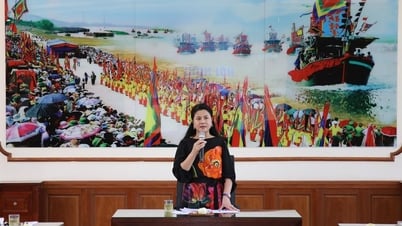
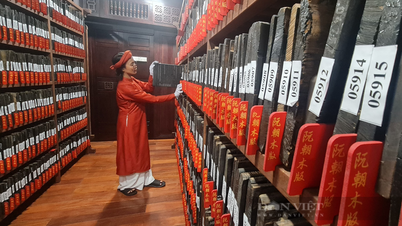












































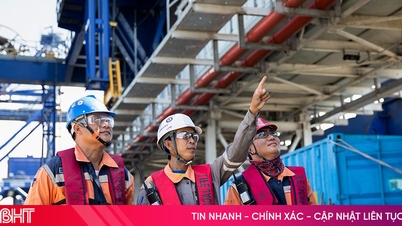

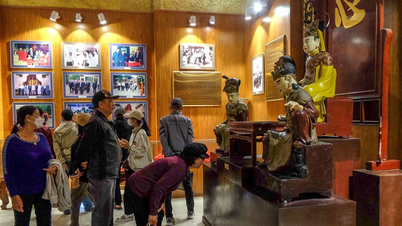

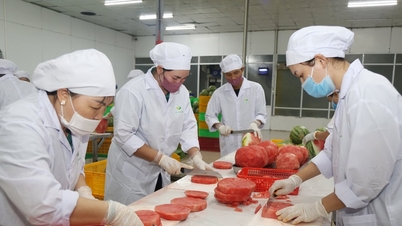

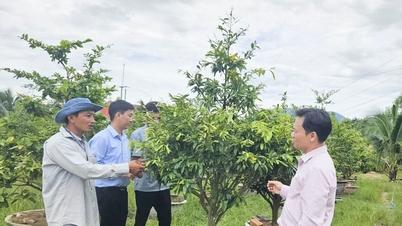
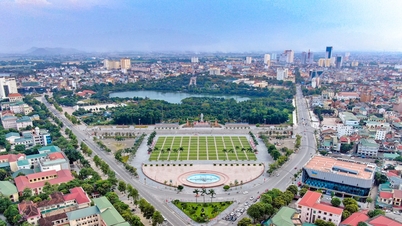

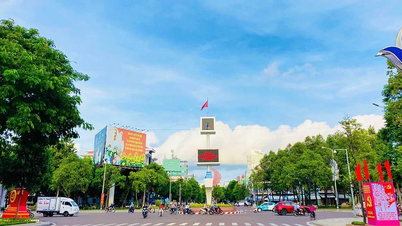













Comment (0)